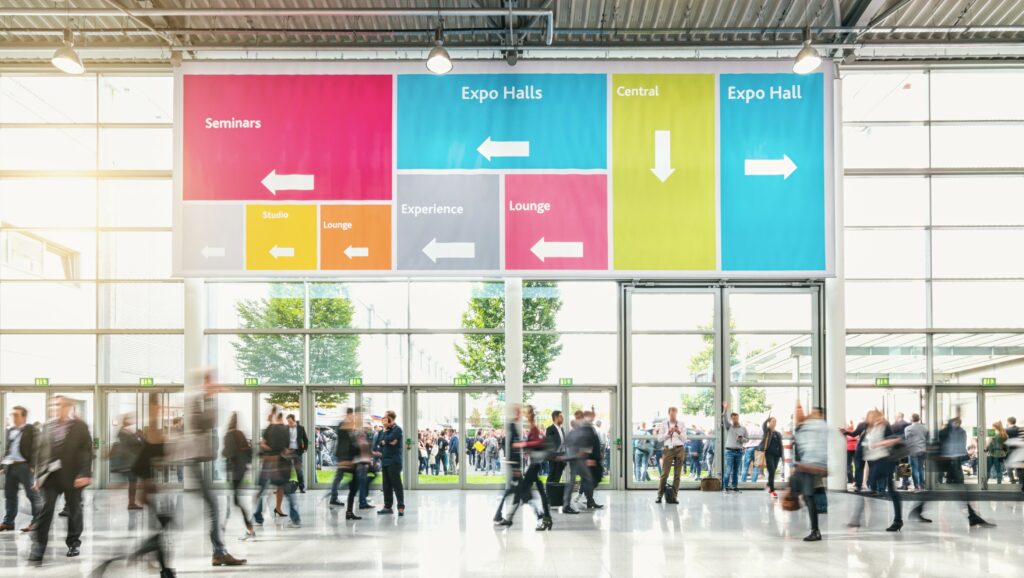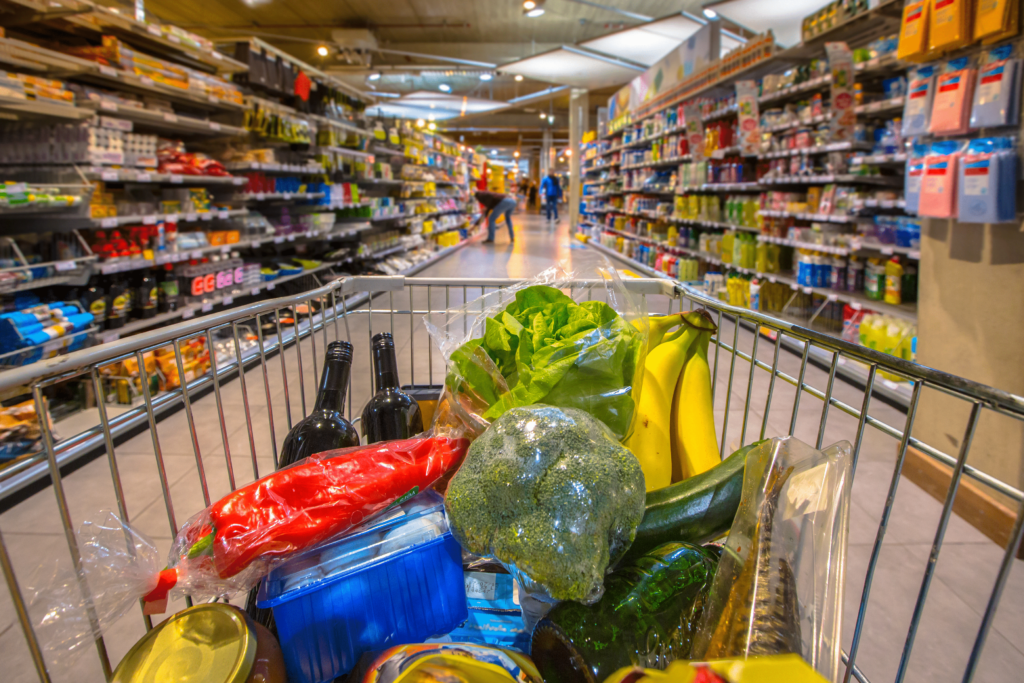Intalytics Analysis – Working from Home: Restaurant Operator Office Exposure

For many professionals, work from home is here to stay
Mobility data suggests that the sudden migration of workers away from offices at the onset of the pandemic reduced activity at places of work by nearly 50% nationally. Months later, the slow and steady increase in people returning to a physical office has only partially offset this decline, with the most recent data indicating that activity at places of work is still 25% below pre-pandemic levels. For restaurant operators who have historically depended on a steady stream of lunch and take-home dinner traffic generated by nearby offices, this drop in workplace activity could pose significant challenges throughout the duration of the pandemic and beyond, as increased levels of work-from-home will likely persist.
As a follow-up to our analysis of college exposure in restaurant operator portfolios, Intalytics evaluated the trade area composition for over 250 quick service and fast-casual restaurant chains across the U.S. More specifically, approximately 160,000 locations were studied against one simple metric – is the trade area comprised of more workers, or more residents?
Overall, we found that workplace-dependent trade areas make up approximately 13% of restaurant operator portfolios:

Fast casual restaurant chains on average have significantly higher average workplace exposure than quick-service restaurant chains
Over 21% of fast casual locations operate in majority-worker trade areas. This strategic positioning makes sense – we have historically seen the value that high-salary office workers can bring to fast casual restaurant brands. However, it may prove to be an ongoing liability for operators that struggle to capture a large share of the diminished demand pool resulting from work-from-home policies.
The table below presents a detailed view of the top 20 worker-centric chains using this metric:

A few observations:
- Similar to our findings in the college study, many of the top worker-centric brands here have a common theme of “relatively healthier offerings”. In the top five, all but Shake Shack could arguably fit this description.
- All of these operators have fewer than 1,000 locations. The most workplace-centric brand with over 1,000 units is Chipotle (not shown in the table; 23.9% of locations are majority worker resulting in a 1.8x index).
- Many of these brands feature strong catering offerings. This component of sales has likely taken a sizable hit this year, but their existing fulfillment infrastructure may have positioned these brands to better pivot and adapt to increased demand for in-restaurant pickup and local delivery.
Office-centric locations can still be a long-term asset
Though a short-term liability, there is some cause for future optimism with respect to office-centric restaurant locations. Many workers can’t wait to spend more time in the office – especially younger, early-career workers and those new to an organization – as the effects of relative isolation and difficulty in building social capital are felt more directly. According to a recent piece in The Atlantic, “…the longer people spend editing spreadsheets or taking conference calls at the kitchen table, the more obvious it is that workers lose far more than physical space when they lose their office.” The question isn’t whether office workers will come back – it’s when and in what amounts – and savvy brands will be well-positioned to serve their needs.
To learn more about how Intalytics uses predictive analytics to help restaurant operators retain customers, quantify the factors that drive business, and find successful locations, please contact us.
Related News
Carousel items












